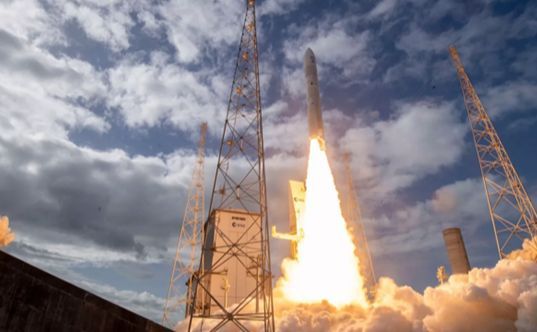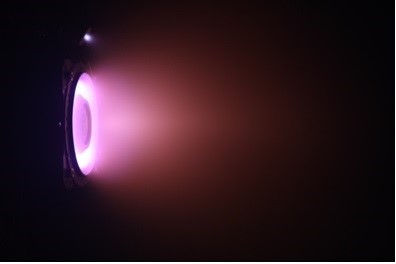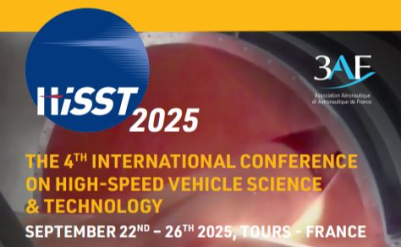News

SUCCESSFUL INAUGURAL FLIGHT OF ARIANE 6
At 4pm Kourou time on Tuesday July 9, Europe's new Ariane 6 heavy launcher successfully completed its maiden flight from the Guiana Space Center.

Inaugural flight Ariane 6 © CNES/ESA/Arianespace ArianeGroup/Optique - Vidéo CSG/S.Martin-P.Piron, 202

Take-off from Mont de Vénus © Arianegroup
ARIANE 6 FACTS AND FIGURES
Ariane 6 is a modular, multi-purpose launcher, capable of reaching both low-Earth orbit and deep space. It is available in two versions: A62 and A64

Ariane 6 versions A62 and A64


https:// fr.wikipedia.orgwiki/Ariane_6
The maiden flight was carried out with an Ariane A62.
This test flight was a demonstration flight designed to test the launcher's lift-off capability and in-flight behavior. Several payloads were placed on board. It was also a test of the new launch zone and the sequence of ground operations, specially designed to enable faster rotation than with Ariane 5 between launches (target 12 launches per year instead of 6 with Ariane 5).
At the end of the successful maiden flight, they declared:
- Josef Aschbacher ESA Director General: "It is a great privilege for me to witness this historic event, the successful lift-off of Europe's next-generation Ariane launcher, which will enable Europe to regain its access to space".
- Philippe Baptiste, Chairman and CEO of CNES: "I would like to express my sincere gratitude to the staff of CNES, ESA, ArianeGroup, Arianespace and our subcontractors for the commitment they have shown, particularly over the last few trying months."
- Martin Sion, CEO of ArianeGroup: "With the successful maiden flight of Ariane 6, we open a new chapter for European space."
THE THREE PHASES OF THE MAIDEN FLIGHT

-Phase 1 (1 to 5): from ground to space. This phase enabled the rocket to leave the Earth and enter space, thanks to the thrust of the main stage propelled by the Vulcain 2.1 engine and the force of the two powerful P120C boosters. Phase 1 included separation of the main stage and the first thrust of the Vinci engine on the upper stage, which placed the rocket and its passengers in an elliptical orbit 300/700 km above the Earth. The Vinci engine operated until 18 minutes after liftoff, after which Ariane 6 demonstrated that it could reproduce the typical flight profile of the ECA version of Ariane 5.
-Phase 2 (6 to 9): upper stage Vinci engine relight and satellite deployment. Phase 2 tested Ariane 6's new upper stage re-ignition capability. During this phase, the Vinci engine was ignited a second time at T+56 minutes, transforming Ariane 6's orbit from elliptical 300/700 km to circular 580 km.
At T+1h 06, deployment of the satellites began, as they left the upper stage to reach the 580 km circular orbit. The 1st ignition was followed by the deployment of the first 3 satellites: OOV-Cube, Curium One and Robusta -3A- followed by the activation of the 2 on-board experiments YPSat and Peregrinus. A few seconds later, the 2nd group of satellites was deployed: 3CAT-4, ISTSat and GRBBeta, after which the last 2 experiments were activated, SIDLOC and Parisat. A third separation command was then used to deploy CURIE and Replicata. These eight satellites and five experiments had been developed by various space agencies, companies, research institutes and professional jeubes.
By this stage, Ariane 6 had completed its mission, reigniting its upper stage, deploying its 8 passenger satellites and activating the five on-board experiments.
► Note: relighting an engine in microgravity is no easy task, as the propellants float freely inside the tanks. The APU (Auxiliary Power Unit) helps by providing low but steady thrust so that the fuel in the tanks stabilizes and the Vinci engine can ignite again.
-Phase 3 (9 to 12): technology demonstrations, de-orbiting and capsule separation. The final phase, from 1:14 after lift-off, involved pushing the cryogenic upper stage to its limits. The upper stage was to reignite after its long period of inactivity in space - in microgravity - and begin its controlled deorbiting into the Earth's atmosphere above "Point NEMO" in the South Pacific. Moments later, the two atmospheric re-entry capsules would separate from the upper stage to begin their descent to Earth, proving their ability to survive re-entry. A final command would be sent to deactivate the upper stage before it burned up in the atmosphere. Why deactivate? To remove all on-board energy to prevent any uncontrolled explosions during descent. This idea of linking reignition of the Vinci engine to reorientation of the trajectory for deorbiting and safe descent into the atmosphere is an innovation designed to preserve "sustainable" space by preventing Ariane 6's upper stage from becoming additional space debris.
The inaugural flight went perfectly up to this phase 3. However, the mission was not perfect right to the end, as at the end of the flight, the rocket deviated from its trajectory due to the failure of the Vinci engine to ignite for the third time.
As a result, re-entry of the upper stage with its last two passengers - The Exploration Company's Bikini capsule and Arianegroup's SpaceCase SC-X01 - was not possible. With disintegration in the atmosphere predicted, the fallback solution was decided upon: deactivation (also known as passivation). It worked well.
The Vinci engine has yet to demonstrate its ability to restart with the help of its APU.
AFTER THIS INAUGURAL FLIGHT
The next Ariane 6 flight models are already in production, and the stages of the second Ariane 6 will arrive at CSG in the autumn for the first commercial flight.
Summary article written by JPS based on information available on the web.









No comment
Log in to post comment. Log in.